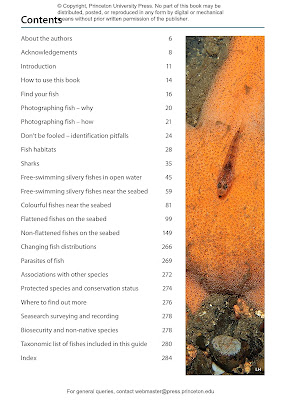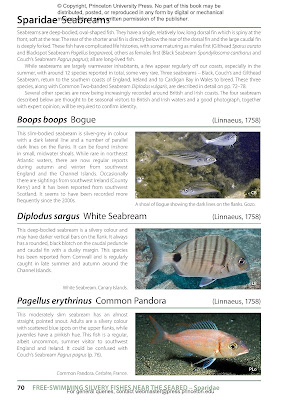Another year goes by. It seems just yesterday that I reviewed Bird Photographer of the Year, Collection 9. And now, if a little late following the first package going missing in the post, Collection 10 arrives via a knock at the door from Parcel Force.
Princeton’s Bird Photographer of the Year, Collection 10 celebrates bird photography from around the world, and as the sub-title explains this is the tenth iteration via a large format “coffee table” book of 11×9 inches. This is a perfect size with which to grab a cup of coffee, fully open said book onto a knee-height table and to then absorb the 250 or so fabulous photos.
Opening the early pages reveals the categories of winning entries together with the “special awards”, a list that follows a helpful, logical order enabling a reader to quickly locate their own specialism. In the case of myself, all of the categories apply except perhaps the concept of Creative Perspective, but one ideal for photographers of an artistic intent.
Categories - Bird Photographer of the Year Collection 10
Working slowly through the pages a reader will find close to each entry the photographer’s words around the how, the where and the when of the shutter clicks that captured their winning shot. These notes and explanations of the occasion of the photo detail a wealth of technological data for camera enthusiasts, amateur and professionals alike. Here is information about the camera make, the lens, shutter speeds, the aperture and the relative ISO for readers seeking to emulate or better the winning shot. It's a learning curve for sure in allowing us all to perhaps experiment a little more with our accustomed dial settings.
Free Whale Shower - Bird Photographer of the Year Collection 10
Free Whale Shower - Bird Photographer of the Year Collection 10
Almost without exception the pictures come from the leading makes of Canon, Sony, Nikon in either DSLR or mirrorless form with just the occasional Olympus.
If only it was so simple because despite the technical data, these stunning pictures in isolation cannot explain a winning photographer’s vital skills in field craft, experience, empathy and the lying in wait in often inclement weather. And of course a photographer's knowledge of how birds behave under many different circumstances of the season, time of day, weather and external influences.
An encounter with a bird or birds is impermanent, a one off, never to be repeated again, hence why, and to the annoyance of some, a photographer’s need to keep the button pressed until the buffer is full to bursting.
Everyone is after that world beating picture as displayed in Collection 10. However those setting out in pursuit of birds with slightly less costly equipment should not be discouraged but instead take heart and advice from the stories here that luck, perseverance, timing and field craft are vital elements in taking that special picture.
Northern Harrier and Grey-headed Fish Eagle - Princeton
As I penned these words while recalling my favourite pictures from Collection 10, I ran out of superlatives. In no particular order - breathtaking, captivating, exceptional, extraordinary, fantastic, phenomenal, stunning, striking, unique, evocative, impressive, mesmerising, timeless.
Anhinga in Florida - Princeton
There is an overall victor of BPOTY with both winners and runner ups in all of the categories listed in the opening pages. Meanwhile the link to Princeton's page about the book - Princeton does not feature many of the winning pictures, and where in my opinion, those featured are not the best of the fabulous 250 pictures described here.
Princeton are right to expect that people buy and enjoy the whole book of 250 images with their corresponding and instructive information rather than a cursory scan of half a dozen images on a PC or mobile phone. However, for those yet to decide whether to spend £35 on this book it’s possible to view a better selection of the category winners at https://www.birdpoty.com/2025-winners.
I interspersed the review with a few of my own favourites, however a reproduced image via a computer screen is not the ideal way to judge this book. Despite the drains and demands on all of our finances in these difficult times £35 is a relatively small sum of money to own a copy for future reference and/or to revisit on many a dark winter’s day.
And as we approach the Chrismas festival of late December, other than the latest bells and whistles camera and lens that could cost £10,000 - £15, 000, what better gift could there be for the birdwatcher in your life than this splendid book?
Price:
$39.95/£35.00
ISBN:
9780691278674
Published:
Sep 30, 2025
Pages:
256
Size:
11.25 x 9 in.
245 colour photos.
PS. To all my friends who enquired after my well being. Thank you so much. Yes, I am well but taking a lengthy break from blogging. Maybe I will return soon with more news and pictures.
































.JPG)


























